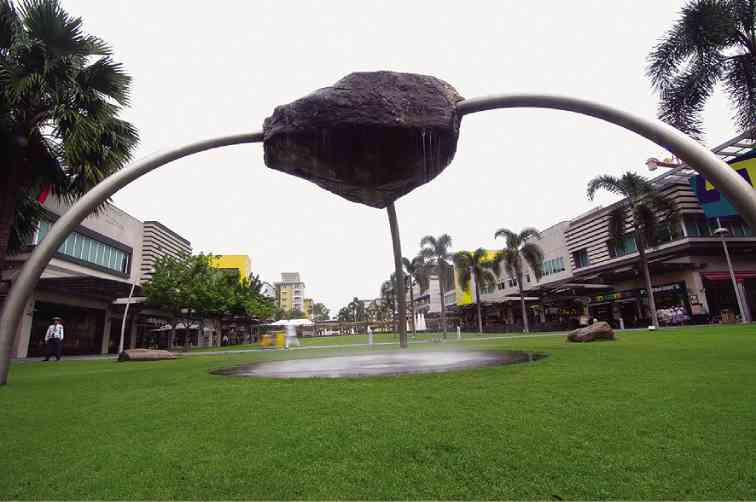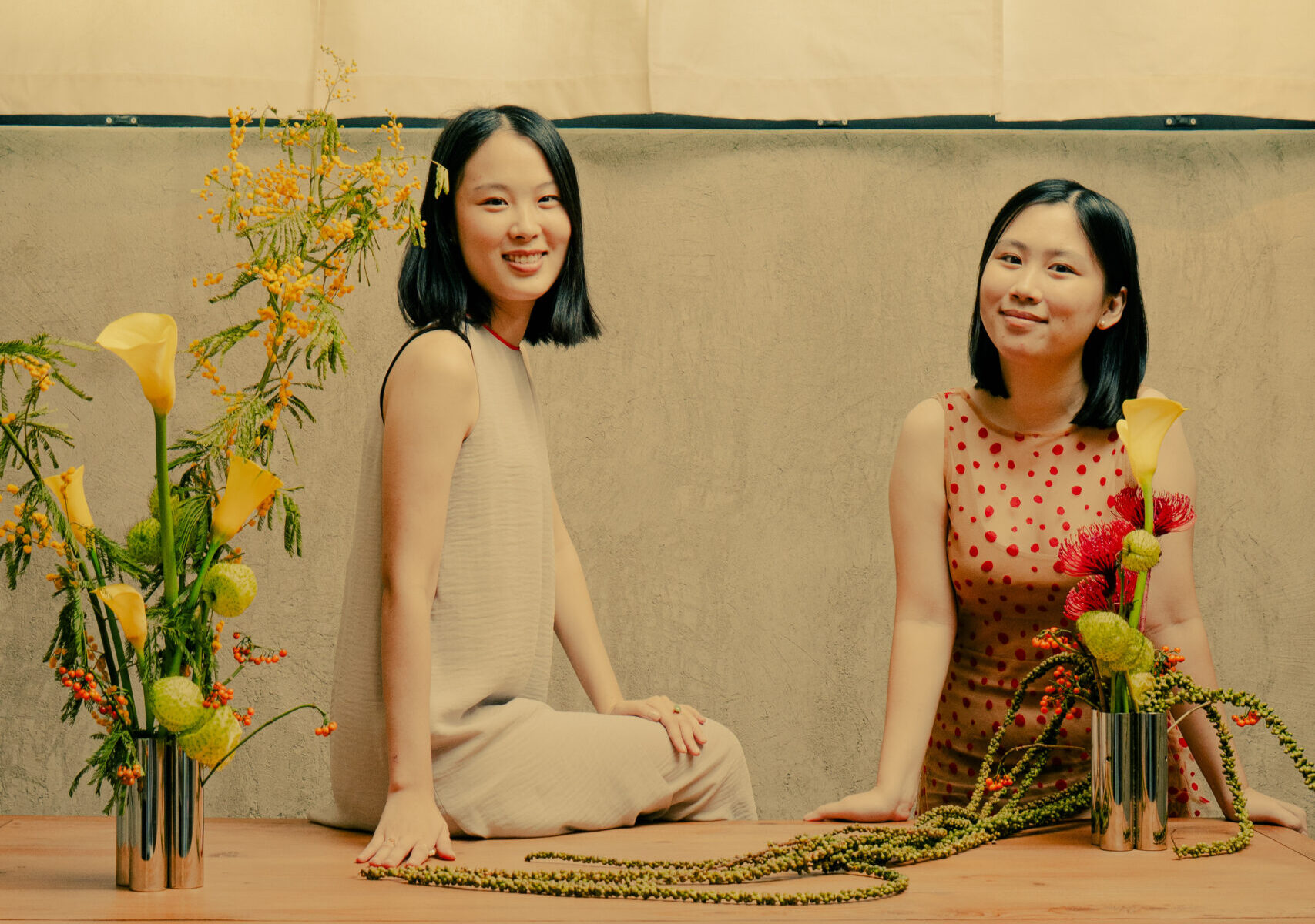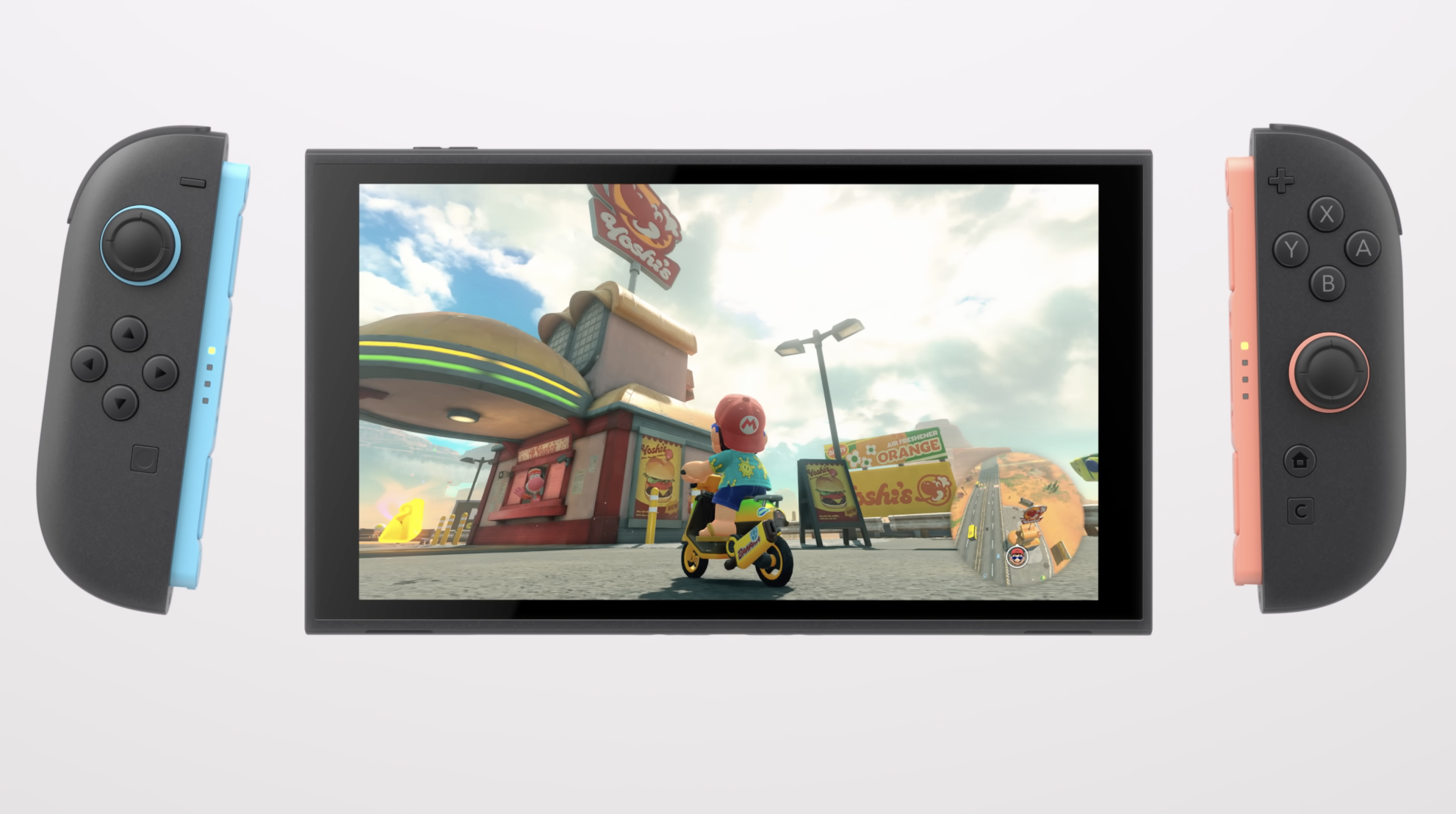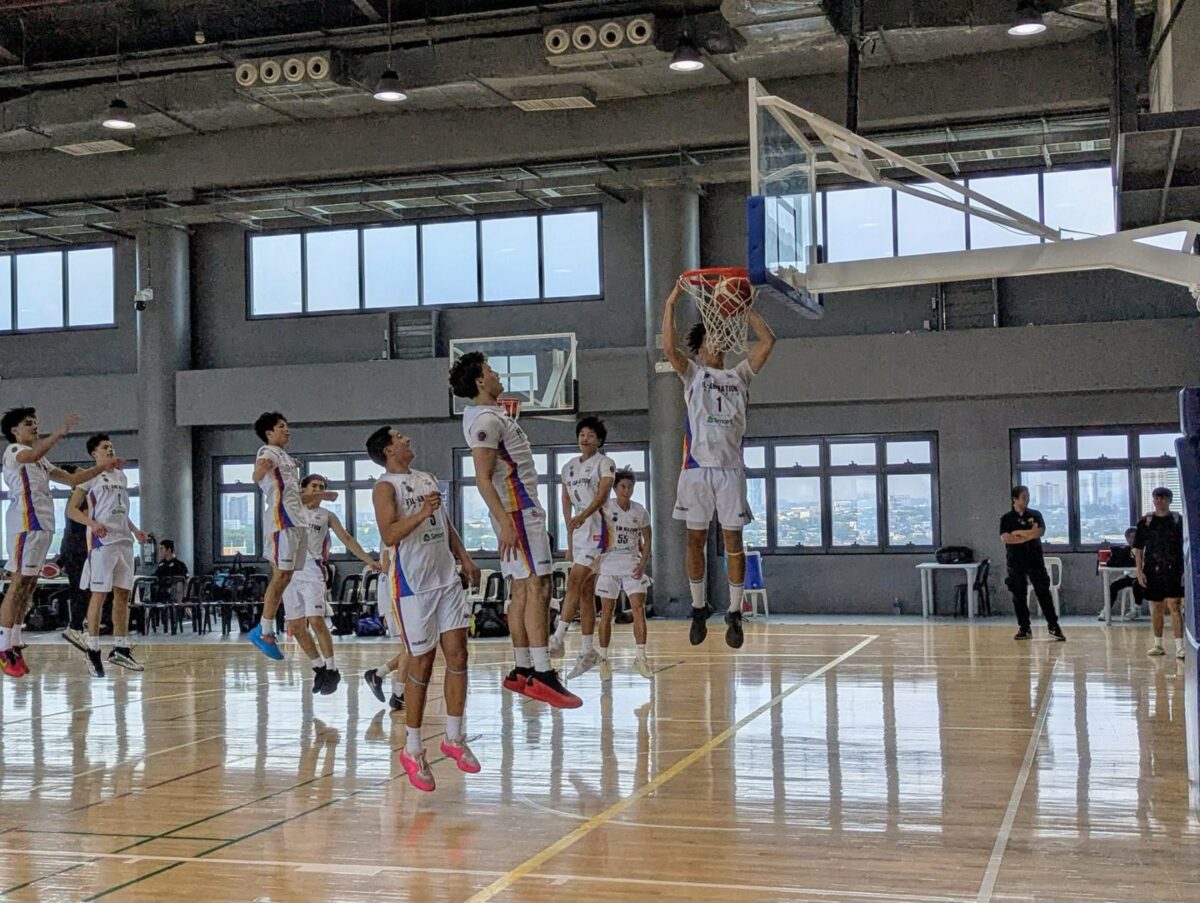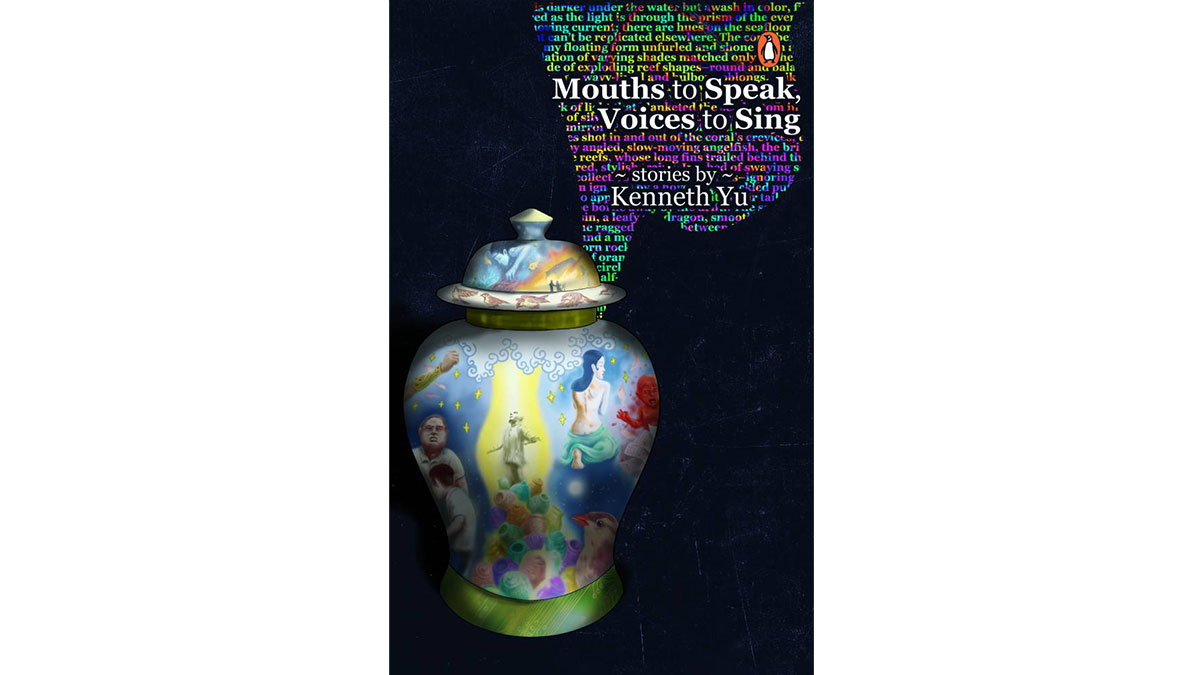The rest of the country could learn from the Bonifacio public-art program and revive our dwindling open areas in cities, for people from all walks of life to enjoy
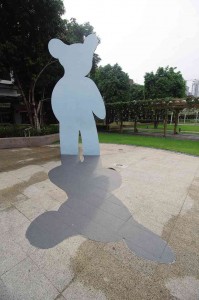
There aren’t many public places in Manila where people can have fun outdoors, much less places in the city with public art for people to engage with.
Bonifacio Global City (BGC) is one of those few places. Kids love it there. They are all over the interactive sculpture at the landscaped center of Bonifacio High Street, running, climbing, simply having fun.
Through its public-art program, the Bonifacio Art Foundation seeks to “provide the city with a soul.” Also, the art provides a lot of fun to Bonifacio residents and visitors.
Unlike the rare pieces of public art in Manila and other cities, mostly monumental and without any access to people, the approach to art at BGC is the opposite: Its art is people-oriented, touchable, and something that enriches and adds surprise to everyday life.
Look at the children enjoying the sculpture installed along High Street and hear their delight as they run around the interactive art pieces. Seeing them brings home the point that art is to be enjoyed.
The Bonifacio public-art program is not just about placing sculpture in strategic locations around BGC. It seeks to install art pieces that will evoke a sense of place and identity for those who live or work in BGC, and to enrich the visitor experience.
Accessible
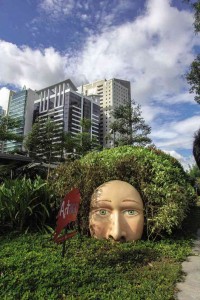
One criterion for artwork at BGC is that it be universally accessible, that it can be viewed and experienced without any complicated explanations while being stimulating, engaging and educational.
Therefore, going beyond sculpture and installations, the public-art program aims to interweave art into everyday life, even making its mark on ordinary utility objects such as trash bins, which artists have been asked to turn into artworks.
The results are remarkable. Trash bins have been transformed into witty, eye-catching artwork that serve a double purpose—calling attention to the need to use trash bins.
Art pieces are either directly commissioned by the Bonifacio Art Foundation or chosen by means of competitions among artists.
Artwork in the BGC area must be site-appropriate, relate to the landscape and development, and, most of all, be meaningful to those who will use the space around the artwork.
Above all, the piece should challenge and engage the viewers to enjoy and experience it.
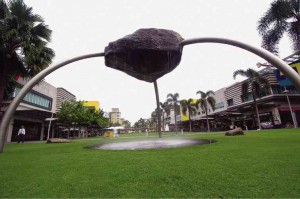
Because of its public nature, the art piece must be durable enough to withstand climatic rigors plus the wear and tear of human interaction.
Nation, culture, environment
BGC artwork falls into general themes. One is nationalism—to promote nationhood, of course—as seen in “Ang Supremo,” the sculpture of Andres Bonifacio and Gregoria de Jesus, a BGC landmark.
Other themes are cultural, which demonstrates an aspect of Philippine heritage; and environmental, as seen in the large bronze “Trees,” by Rey Paz Contreras, the first sculpture installed in BGC, dating to 1997.
Meanwhile, various outdoor activities encourage community participation in art activities that produce temporary exhibitions.
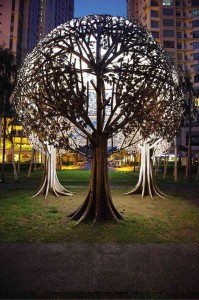
Community activities have been the focus of the Bonifacio public-art program. In the past months, events have included art interactions, public concerts, film showings, street performances, flea markets—activities that make public spaces people-friendly and vibrant.
Many look to foreign shores and wish we had the same kind of street life in the Philippines. There is no more need to look any farther than BGC to find an emerging Filipino brand of street life that should set the mark for the rest of the country.
And if the rest of the country could learn from the Bonifacio public-art program and revive our dwindling open areas in cities for people from all walks of life to enjoy, then our quality of life would improve.
Comments and feedback are invited to pride.place@gmail.com.

